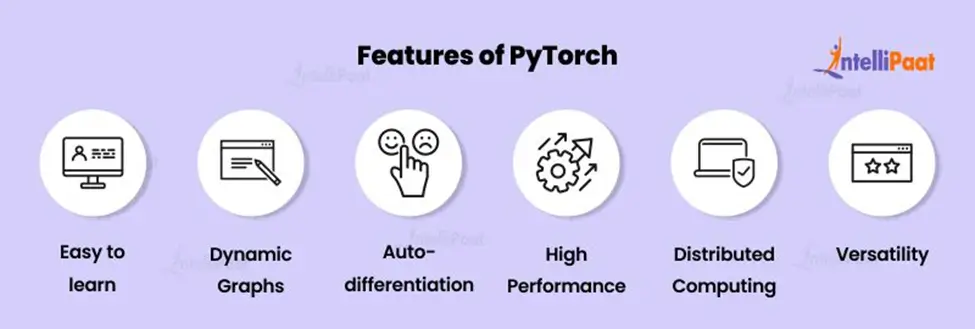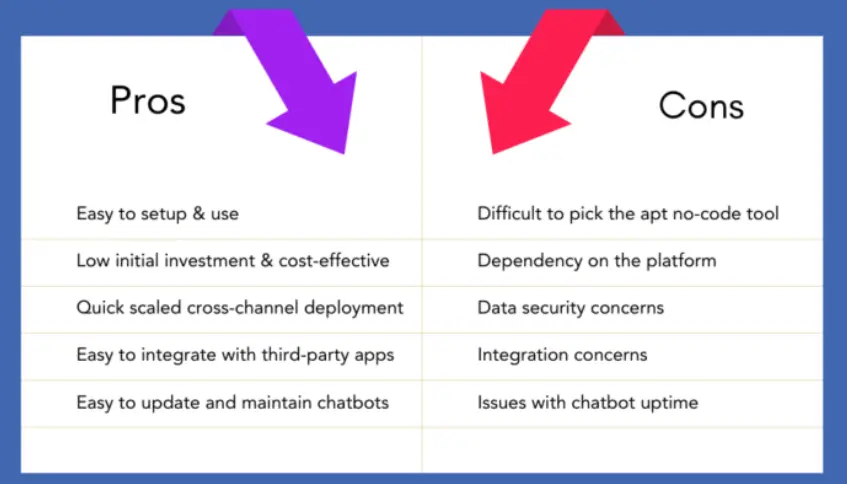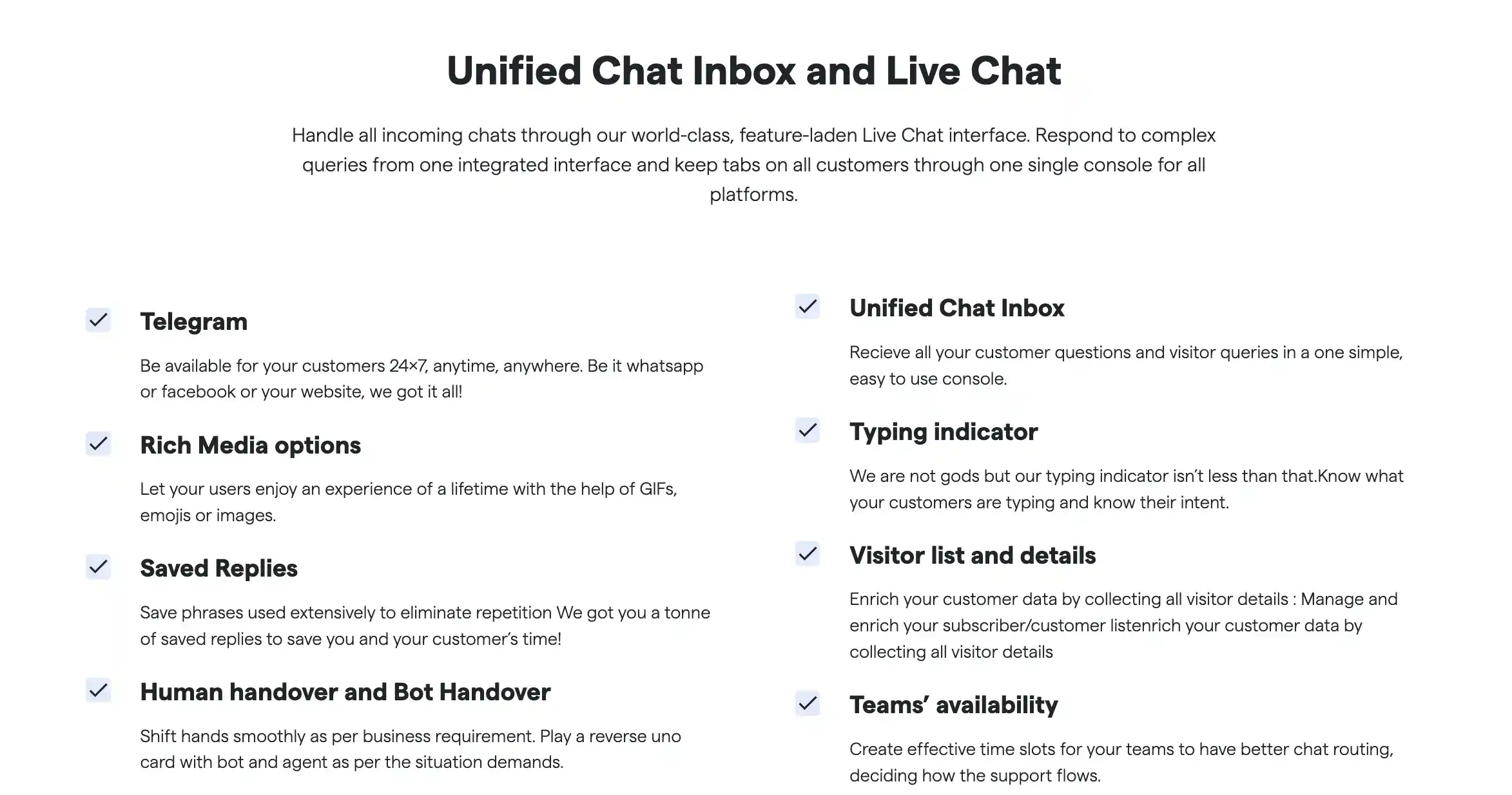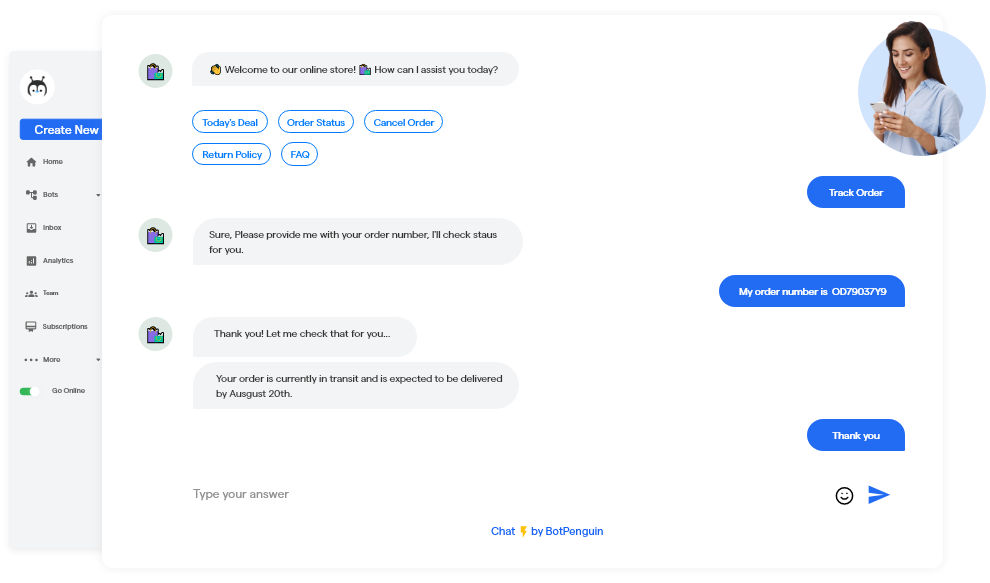Introduction
You know how chatbots are all the rage these days? They're like virtual assistants ready to help you out 24/7.
But have you ever stopped to think about what goes into creating one of those handy little bots?
There are two main paths you can take: get your hands dirty with some serious coding using something like PyTorch or take the low-code, no-code route with a user-friendly chatbot platform.
In this post, we will break it all down for you: the pros, the cons, the costs, and the works. Whether you're a tech genius or can barely send an email, you'll walk away understanding which chatbot-building approach might be the right fit.
We'll look at how the big guns like Google and Facebook leverage PyTorch's power. But also how small businesses and startups succeed with those drag-and-drop no-code platforms. Real-world examples to make this decision super clear.
By the end, you'll be ready to decide whether to learn PyTorch and go full coder mode or keep it simple with an easy no-code solution. No matter your route, this guide will set you up for maximum success in chatbot creation!
So, let us start our blog with PyTorch.
Understanding PyTorch
PyTorch is a popular machine-learning framework designed to provide developers with flexibility and functionality.
It is built around the concept of computation graphs, which allows developers to create dynamic data flow graphs that change at runtime.
This makes PyTorch particularly well-suited for tasks such as natural language processing, image recognition, and speech recognition.
Pros of using PyTorch for chatbot development
The pros of using PyTorch for chatbot development are the following:
Flexibility: PyTorch is known for its flexibility. It is also particularly useful for chatbot development.
Complex models are often required to handle a variety of inputs and outputs. And PyTorch allows developers to build and modify complex models easily.
Ease of Use: PyTorch is also known for its ease of use due to its simple syntax.
This makes it easy to write complex models in a relatively short amount of time, which is especially helpful for developers who may need more experience in machine learning.
Performance: PyTorch is optimized to run on GPUs, which means it can deliver fast processing speeds for complex models.
This makes it an ideal choice for chatbot development since chatbots require real-time processing.
Cons of using PyTorch for chatbot development
The cons of using PyTorch for chatbot development are the following:
Steep Learning Curve: PyTorch can be difficult to learn for developers who are new to machine learning.
While its simple syntax makes it easy to write complex models,
it can take some time for developers to become familiar with the numerous classes and functions.
Limited User Community: While PyTorch is becoming increasingly popular,
it still has a smaller user community than some of the more established machine learning frameworks.
This can make it more difficult to find support and resources if you encounter problems during development.
Deployment: PyTorch models can be challenging to deploy to production environments, mainly if you're working with complex models.
This is because PyTorch models tend to be larger than those in other frameworks, which can make loading and saving them more challenging.
Next, we will discuss the No Code chatbot platform.

Understanding the No Code Chatbot Platform
A No-Code Chatbot Platform is designed to simplify the chatbot development process by eliminating the need for coding.
These platforms, like BotPenguin, typically provide drag-and-drop interfaces, pre-built templates, and intuitive workflows. These features allow users to easily create chatbots without writing a single line of code.
Pros of using No Code Chatbot Platform for chatbot development
The pros of using no code chatbot platform for chatbot development are the following:
Accessibility: One of the significant advantages of No code chatbot platforms is their accessibility.
These platforms are designed to be user-friendly, allowing individuals with no coding or programming background to create chatbot applications. This opens up chatbot development to a broader audience, enabling anyone with an idea to bring it to life.

Speed of Development: No code chatbot platforms streamline the development process by providing pre-built components and templates.
This allows developers to quickly assemble and customize their chatbots without spending extensive time and effort on coding.
Consequently, chatbots can be created and deployed in a shorter time frame compared to traditional development approaches.
Lower Cost: Developing chatbots using a No code chatbot platform can be cost-effective.
Since these platforms eliminate the need to hire developers or invest in coding expertise, businesses can save on development costs.
Additionally, many No-Code Chatbot Platforms offer affordable subscription plans or pay-per-use models.
Thus making them suitable for small businesses or individuals with limited budgets.

Cons of using No Code Chatbot Platform for chatbot development
The cons of using no code chatbot platform for chatbot development are the following:
Limited Customization: No code chatbot platforms provide pre-built components and templates, limiting the level of customisation developers can achieve.
While these platforms offer flexibility to a certain extent, complex or unique requirements may only be easily implemented by resorting to custom code.
Lack of Advanced Functionality: No-code chatbot Platforms often focus on providing basic chatbot functionalities, which may need to be improved for more complex chatbot applications.
Developers requiring advanced features or integrations may find these platforms needing to be more flexible, as they offer flexibility different from custom-coded solutions.
Dependence on Platform: Using a No-Code Chatbot Platform, developers are inherently tied to the platform's capabilities and updates.
If the platform discontinues or undergoes significant changes, it may affect the chatbot's functioning and maintenance.
In contrast, custom-coded solutions offer more control and independence.
Next, we will see the comparison between PyTorch and the No Code chatbot platform.
Comparison between PyTorch and No Code Chatbot Platform
PyTorch and No code chatbot platforms are two different approaches to chatbot development, each offering unique features and benefits. In this section, we will compare these two options based on their features, ease of use, and cost.
Comparison of features
PyTorch is a powerful machine-learning library that provides developers with a wide range of tools and functionalities for creating complex chatbot models.
With PyTorch, developers have granular control over the model architecture, training process, and deployment options.
This allows for the development of highly customised chatbot solutions that can handle complex tasks.
On the other hand, No-Code Chatbot Platforms provide a simplified interface and pre-built components that allow users to create chatbots quickly without coding.
These platforms may offer basic chatbot functionalities such as natural language processing, integration with messaging platforms, and data storage capabilities.
However, the level of customization and advanced features may be limited compared to PyTorch.
Comparison of ease of use
PyTorch, being a machine learning library, requires developers to have a solid understanding of machine learning concepts and programming skills.
While PyTorch provides a relatively straightforward syntax, building complex chatbot models with PyTorch requires expertise in machine learning algorithms, data preprocessing, and model optimization.
PyTorch can offer great flexibility and control for developers with experience in machine learning.
No-code chatbot Platforms, on the other hand, are designed to be user-friendly and accessible to individuals with no coding background.
These platforms typically provide drag-and-drop interfaces, pre-built templates, and intuitive workflows.
Users can easily customize the chatbot by selecting and modifying pre-built components.
This makes No code chatbot platforms ideal for individuals or small businesses without extensive technical knowledge.

Comparison of cost
PyTorch is an open-source library, which means it is available for free. However, developing chatbots with PyTorch requires skilled developers, who may incur a cost.
Additionally, training complex models on large datasets using PyTorch may require powerful hardware or cloud computing resources, which can incur additional costs.
No-code chatbot Platforms usually offer subscription plans or pay-per-use models.
The cost of using these platforms can vary depending on the specific platform and the features required.
However, since these platforms eliminate the need for hiring developers, they can be more cost-effective for businesses with limited budgets.
Next, we will examine the cases of PyTorch vs. No Code Chatbot.
Use Cases of PyTorch and No Code Chatbot
Chatbots have become increasingly popular across various industries due to their ability to automate customer interactions and improve user experiences.
In this section, we will explore some examples of companies that use PyTorch as well as No code chatbot platforms for chatbot development.
Examples of companies that use PyTorch for chatbot development
Here are the use cases of PyTorch for chatbot development:
Google: Google has been using PyTorch in its research and development efforts to build chatbot models for various applications.
PyTorch's flexibility and powerful deep learning capabilities make it suitable for Google's complex chatbot requirements.
Facebook: Facebook has also adopted PyTorch for chatbot development, leveraging its capabilities to build intelligent virtual assistants and enhance its messaging platforms.
PyTorch's dynamic computational graph and ease of use have made it a popular choice among Facebook's developers.
OpenAI: OpenAI, an artificial intelligence research lab, uses PyTorch to develop state-of-the-art chatbot models.
PyTorch's extensive library of pre-built neural network modules and support for dynamic graph computation make it a preferred framework for OpenAI's research projects.
Examples of companies that use No Code Chatbot Platforms for chatbot development
Here are the use cases of no code chatbot platforms for chatbot development:
Small businesses: No code chatbot platforms offer an accessible solution for small businesses that want to implement chatbots without the need for extensive coding or technical expertise.
Companies in industries such as e-commerce, hospitality, or customer service can leverage it.
No code chatbot platforms, like BotPenguin, can automate customer interactions and provide personalized experiences.
Startups: Startups with limited resources often turn to No code chatbot platforms to quickly prototype and launch chatbot applications.
These platforms allow startups to focus on their core business objectives without investing significant time and money in developing chatbot systems from scratch.
Service-based companies: Companies that provide services, such as healthcare providers or insurance agencies, can use No code chatbot platforms to create chatbots that offer personalized assistance and answer common customer queries.
No code chatbot platforms enable these companies to streamline their customer support processes and provide instant, round-the-clock assistance.And if you are the one who likes the no coding chatbot building process, then meet BotPenguin, the home of chatbot solutions.
With all the heavy work of chatbot development already done for you, simply use its drag and drop feature to build AI-powered chatbot for platforms like:
Conclusion
So there you have it - the lowdown on PyTorch vs. no-code chatbot platforms like BotPenguin. The choice comes down to your needs and skills. If you're a technical pro looking for maximum flexibility, PyTorch could be your best bet. But if you want something easy and cost-effective without coding, a no-code platform like BotPenguin may be perfect.
No matter which route you go, the goal is the same - creating an awesome chatbot experience for your customers or users.
With the insights from this guide, you're armed with the knowledge to make the right call.
Why not take the next step today? Explore PyTorch's open-source power or start testing BotPenguin's intuitive no-code solution.
Just imagine how streamlined your communications could be with a top-notch virtual assistant at your service. With BotPenguin, you can build and launch your chatbot in minutes, no coding required.
Frequently Asked Questions (FAQs)
Do I need programming experience to use PyTorch for chatbot development?
Yes, PyTorch requires programming skills in languages like Python for chatbot development.
It offers flexibility and control over model architecture and training but necessitates proficiency in coding and understanding of deep learning concepts.
What are the advantages of using PyTorch for chatbot development?
PyTorch provides flexibility in model architecture design, extensive community support, and the ability to implement state-of-the-art deep learning techniques.
It offers fine-grained control over the development process, making it suitable for complex chatbot applications requiring customized solutions.
Is a no-code chatbot platform suitable for beginners in chatbot development?
Yes, a no-code chatbot platform is ideal for beginners as it eliminates the need for programming skills.
It offers a user-friendly interface with drag-and-drop functionality, enabling users to create chatbots quickly without coding, making it accessible to users with varying levels of technical expertise.
Which solution offers faster deployment of chatbots: PyTorch or a no-code platform?
A no-code chatbot platform typically offers faster deployment of chatbots due to its intuitive interface and simplified development process.
In contrast, PyTorch may require more time for coding, model training, and testing, especially for complex chatbot applications.
Can PyTorch-based chatbots be integrated with existing systems and applications?
Yes, PyTorch-based chatbots can be integrated with existing systems and applications using APIs and libraries, offering seamless interoperability.
This enables organizations to leverage their existing infrastructure and data resources while benefiting from the advanced capabilities of PyTorch-based chatbots.
What are the scalability considerations for PyTorch-based chatbots compared to those built on no-code platforms?
PyTorch-based chatbots offer scalability but may require additional resources and expertise for managing infrastructure, training, and deployment at scale.
No-code platforms may provide easier scalability with managed services, although they may have limitations in handling complex or highly customized chatbot requirements.
Which solution is more cost-effective for chatbot development: PyTorch or a no-code platform?
A no-code platform may offer lower initial costs for chatbot development, as it eliminates the need for hiring specialized developers and reduces development time.
However, PyTorch may offer long-term cost savings for organizations with in-house expertise and complex chatbot requirements, despite higher initial investment in development.


